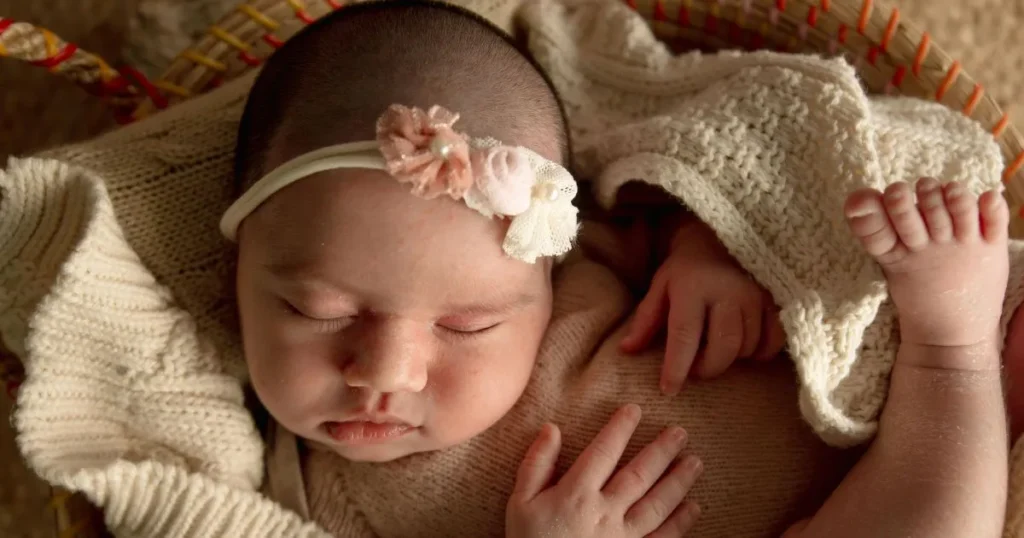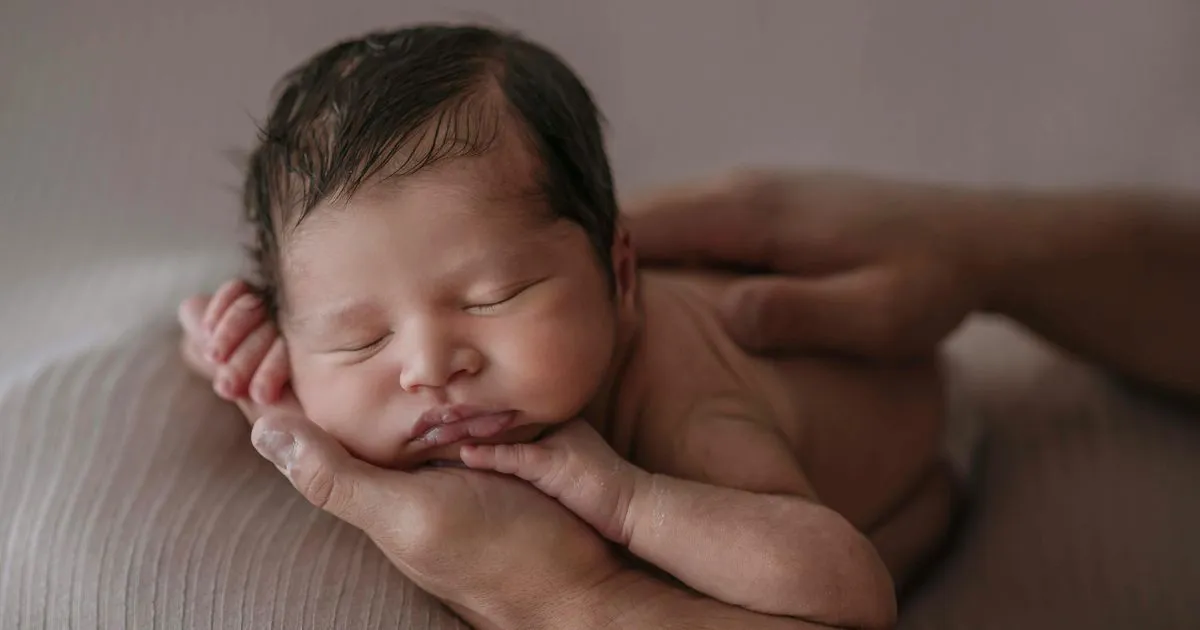Welcoming a newborn into your life is an exciting journey, filled with both challenges and joys. One of the most common challenges many new parents face is the experience of a Velcro baby. If you’ve noticed that your baby always wants to be held or can’t seem to let go of you, you might be dealing with a Velcro baby. But what exactly does this mean, and how can you navigate this phase as a new parent? In this guide, we’ll explore the Velcro baby meaning, provide practical tips, and help you understand what your baby’s clinginess really means.
Table of Contents
What Does a Velcro Baby Mean?
A Velcro baby is a term used to describe a baby who is particularly clingy and seeks constant physical contact from their parents or caregivers. The term Velcro refers to the adhesive properties of the fabric, symbolizing how your baby may seem “stuck” to you. It’s as though your baby can’t get enough of being close to you, whether it’s in your arms, on your lap, or in your general proximity.
Why Is My Baby So Clingy?
There are several reasons why a baby might become a Velcro baby. While it can be exhausting, it’s essential to recognize that this behavior is completely natural, especially during the early stages of infancy. Some common reasons for clinginess include:
- Developmental Stages: During certain growth periods, babies become more aware of their surroundings and can feel insecure. Your physical presence offers comfort and safety during these moments of uncertainty.
- Separation Anxiety: Around 6 to 9 months, babies develop separation anxiety. They may not understand the concept of time and may cry or get upset when you’re out of sight.
- Need for Comfort: Babies find comfort in being close to their caregivers, especially when they’re tired, hungry, or overstimulated.
- Teething: The discomfort of teething can also lead to increased clinginess as your baby seeks extra reassurance.
- Bonding: Babies naturally seek connection with their primary caregivers, and this need can manifest as clinginess.
Understanding the Velcro baby meaning helps you realize that your baby’s clinginess is not a reflection of their personality, but rather a developmental phase that most babies go through.
Tips for Coping with a Velcro Baby
Being the parent of a Velcro baby can sometimes feel overwhelming, but there are ways to manage the clinginess while still meeting your baby’s emotional needs.
1. Establish a Routine
One of the best ways to help your Velcro baby feel secure is by establishing a consistent routine. Babies thrive on predictability. By following regular patterns for feeding, sleeping, and playing, your baby will start to feel more secure and confident. When babies know what to expect, it can ease their anxiety and reduce clinginess over time.
2. Gradual Separation
While it’s tempting to give in to the constant demands for physical closeness, it’s important to help your baby gradually become more independent. Start with short separations, like putting your baby down in a safe space for a few minutes while you go to the next room. Gradually increase the length of time apart. This will teach your baby that it’s okay for you to be out of sight for short periods.
3. Comfort Items
Introduce comfort items like a blanket, stuffed animal, or a piece of clothing with your scent. These items can help your baby feel reassured when you’re not physically close. It’s a great way to create a sense of security when you’re not around, helping to ease the anxiety of being apart.
4. Responding to Your Baby’s Needs
It’s crucial to meet your baby’s emotional needs during this phase. If your baby is upset or clingy, try to comfort them through gentle words or soothing motions. Babies are incredibly attuned to their parents, and responding to their needs will help them feel more secure and supported.
5. Use a Baby Carrier
A baby carrier can be a lifesaver when dealing with a Velcro baby. If your baby wants to be close to you but you need to get things done, using a carrier allows you to keep them close while giving you some freedom to move around. Many babies find comfort in being carried, as it mimics the closeness of being in the womb.
6. Take Care of Yourself
Parenting a Velcro baby can be exhausting, and it’s essential to remember to take care of yourself as well. Make time for breaks when possible. A well-rested, calm parent is better able to support a clingy baby. Don’t hesitate to ask for help from family or friends, and take advantage of moments when your baby is content in someone else’s arms.
7. Monitor Overstimulation
Sometimes, a Velcro baby might get clingy as a result of overstimulation. If your baby is exposed to too many new experiences, people, or environments, it can lead to feelings of insecurity. Try to keep things calm and quiet, especially in the evenings, to help your baby feel more settled.

Understanding Velcro Baby Behavior in the Context of Development
At the heart of the Velcro baby meaning is the concept of bonding and attachment. Your baby’s clinginess is part of the natural attachment process, and it’s your baby’s way of expressing their need for security and comfort. As your baby matures and gains a better sense of independence, you’ll notice a decrease in the intensity of their clinginess.
However, if your baby continues to display excessive clinginess beyond the typical developmental stages or if you notice other concerning behaviors, it’s always a good idea to discuss your concerns with your pediatrician.
How Long Does the Velcro Baby Phase Last?
The Velcro baby phase typically lasts until your baby is around 18 months old, but this can vary depending on the child. As babies grow and develop their social and emotional skills, they tend to become more independent. However, certain factors such as personality, temperament, and external influences can impact how long this phase lasts. For some babies, clinginess may start to subside around 9 months, while for others, it may take a bit longer.
FAQs About Velcro Babies
1. What exactly does “Velcro baby” mean?
A Velcro baby refers to a baby who is particularly clingy and wants to stay close to their caregivers most of the time. This behavior is often driven by a need for comfort, security, and emotional bonding.
2. Is it normal for my baby to be so clingy?
Yes! It’s completely normal for babies to go through phases of clinginess, especially around 6-9 months when they experience separation anxiety. This is a sign of healthy emotional development.
3. How can I help my Velcro baby become less clingy?
To help your baby gradually become more independent, you can establish a routine, provide comfort items, and practice short separations. Using a baby carrier can also help if your baby needs to stay close but you need your hands free.
4. How long will my baby be clingy?
The Velcro baby phase usually lasts until your baby is around 18 months old. However, the duration can vary based on the child’s temperament and developmental milestones.
5. What should I do if my baby won’t stop crying and only wants to be held?
If your baby is crying and insists on being held, respond with comforting actions like gentle rocking or soothing words. Sometimes babies just need to feel their parents’ warmth and presence to calm down. However, if the crying seems excessive or is causing you concern, don’t hesitate to consult with a pediatrician.
Understanding the Velcro baby meaning and what drives this behavior is essential for new parents navigating the challenges of early parenthood. While it can be exhausting at times, this phase is just one part of your baby’s growth and development. By offering your baby the comfort and reassurance they need while gradually encouraging independence, you’ll help them build the confidence to explore the world on their own. So, embrace the closeness and remember that this too shall pass!
